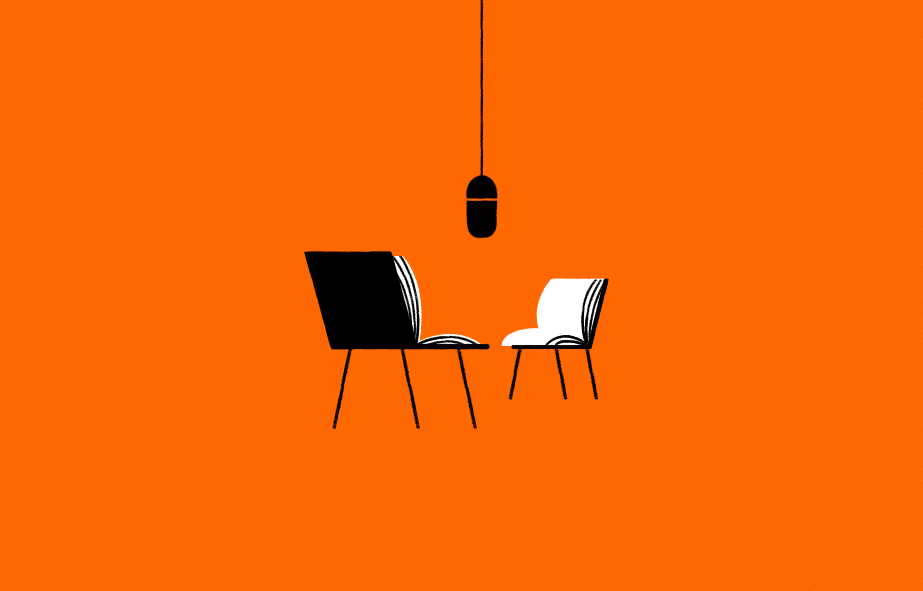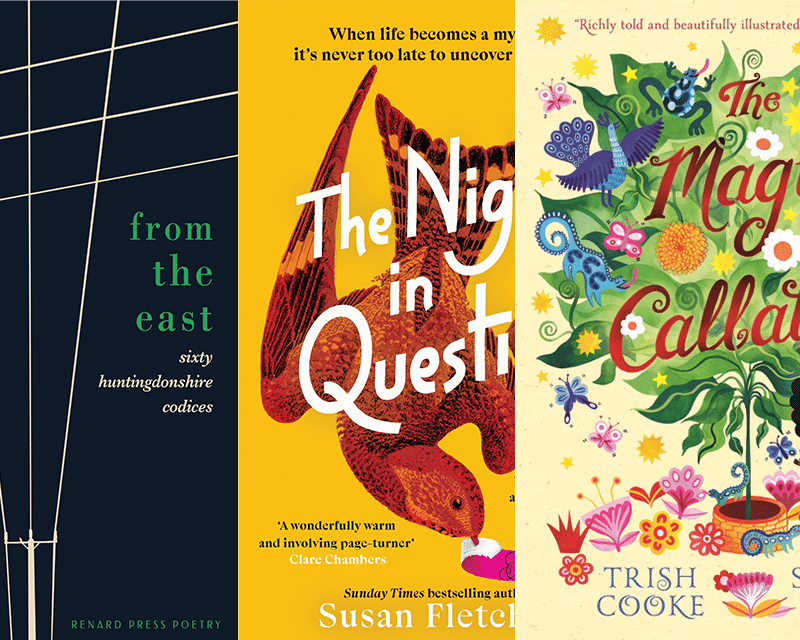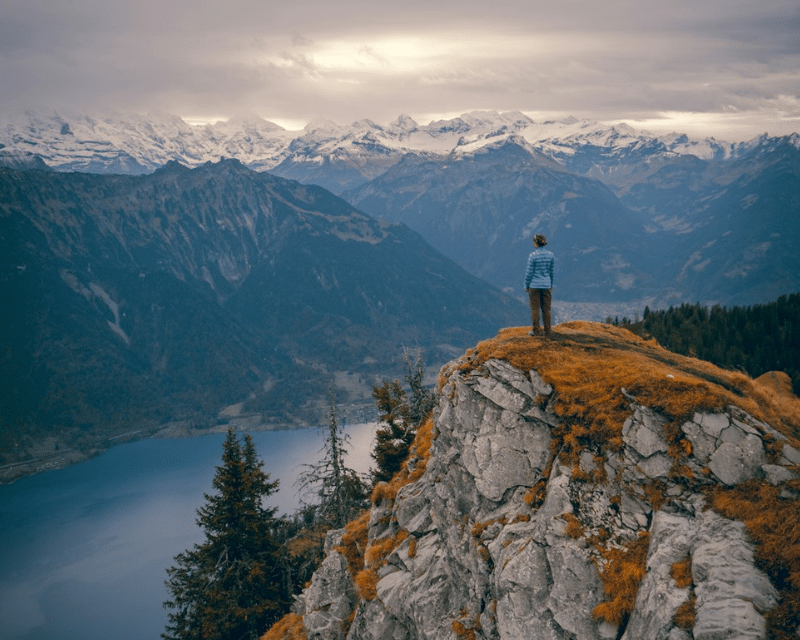- Collected
- Article
Shooting The Past
A hands-on approach to writing historical fiction

- 9 April, 2018
- Morgen Witzel
I have been obsessed with the history of the Middle Ages since I was a small boy. Robin Hood is to blame for that. Not the Errol Flynn screen version, or the later television series – growing up in the Canadian north, we didn’t have electricity, let alone television – but an old book of stories by Henry Gilbert. I don’t know where the book came from, but I read it and reread it until it fell apart. After that came Sir Arthur Conan Doyle’s two historical novels, Sir Nigel and The White Company, set during the Hundred Years’ War, and I never looked back.
Of course, being an obsessive-compulsive writer, I didn’t just want to read about the Middle Ages, I wanted to write about them as well. I went to university to study journalism, hoping to get a job that would allow me to write and get paid at the same time, but then I met some real journalists and decided very quickly that this was not the career for me. So I switched programmes and studied medieval history instead, and embarked on the wandering, hand-to-mouth life of a freelance writer and lecturer. I’ve managed to get through the last forty years without starving to death, so maybe it really was the right decision.
As any historian, or writer who writes about history knows – there is a difference, trust me – writing about the past is difficult because we can never really know for certain what life then was like. I was interested in the Hundred Years’ War, especially the first big battle at Crécy, where a small English army composed mostly of archers defeated a much larger French force. I studied and researched until I could describe the battle in technical terms. I could show how the English army formed up in three divisions, where King Edward took up his post by the windmill, how the young Black Prince was in the vanguard closest to the enemy and so on. But it was all theoretical. I had no experience to guide me, to help me understand what life was really like for the men who fought that day. What did they see and feel? What did they do? I had no way of knowing.
And then I took up archery. As I recall, it was my wife’s idea; she bought me archery lessons for my birthday, and I went out and bought a light fibreglass bow and a box of arrows, a leather finger-guard and a brace to protect my forearm, and set off for my first lesson. Immediately, I enjoyed it. Archery is a surprisingly calm sport; much of it is about getting the right posture, settling your breathing, then focusing the mind and concentrating. There is nothing snatched or hurried. The movements are calm, even graceful. I always came away from a practice session in a good mood, usually a rather better one than when I arrived.
But shooting the little fibreglass bow, pleasant though it was, did not really get me in touch with the archers who marched to Crécy and stood on the hillside that August day, waiting while the armoured French knights thundered up the slope towards them. So, I took the plunge and got an English longbow (if memory serves, this too was a birthday present from my wife).
It was a humbling experience at first. My bow had about half the power of the bows used at Crécy, and I could barely draw it. That was the first revelation; how physically strong a longbowman would have had to be in order to shoot these bows, not just once but over and over again.
Gradually, I learned that you don’t just use your arms and shoulders to draw the bow, but your entire body; how you stand, how you position yourself, is vital. I learned too how the shooting process needs to be both smooth and quick. Everything is done at once, the visualising of the target and the line of flight of the arrows has to be done while you are nocking the arrow and drawing the bow, so releasing the arrow is the culmination of a process of thought as well as action. You don’t draw a bow and then hold it while you aim, like actors do in Hollywood films (well, you can try it, but after about three seconds the thing will start to tear your arms out of their sockets). You aim and draw and release all at once.
The bow looks unremarkable. It is really just a big stick, a slender piece of wood about as long as I am tall, with a waxed bowstring. The arrows too are long slender wands with steel tips and three feathers, or fletchings (I’m afraid I used plastic fletchings; in the Middle Ages they used real feathers, goose feathers where possible, but try going into a high street shop and asking for goose feathers, and see where it gets you). But I knew from the moment I began to shoot that I was dealing with something very powerful.
Later, I did a little research. Someone at the Scott Polar Research Institute, of all places – he must have had time on his hands – calculated the kinetic energy that a longbow arrow delivers to its target; that is, the force with which it hits you. Being struck by a longbow arrow is roughly equivalent to being hit by a bullet from a police revolver. The longbow can also hit, and hurt, targets at three hundred yards and more. I once put a hole in a galvanised metal water trough at a hundred and eighty yards (I should add that I wasn’t actually aiming at the water trough). And even an average archer like me could shoot ten arrows in a minute; a skilled one who practices regularly can shoot sixteen or seventeen.
So, the bow is not just a stick; it is a weapon, and those slender, delicate arrows are three feet of feathered death. Handling them requires respect, and maybe just a little bit of fear.
With the bow in my hands, watching the arrows in flight, I began to understand something that had eluded me before. I realised now the strength and the skill that medieval archers must have possessed. I could empathise with them standing on that hill in the afternoon sun, waiting for the French. I could imagine the other men standing around me, and how the flight of one arrow multiplied into thousands as the archers shot together, nock, aim, draw, release, over and over again. What I had been writing and lecturing about suddenly became real.
And, I found I could understand the other side too, the French who charged up that hill into a storm of arrows so intense that contemporaries compared it to rain or hail. At one point as the French retreated, one knight’s horse was shot and he fell. Three of his comrades realised he was missing, and went back to rescue him. The courage it must have taken to turn and ride back into that arrow storm still sends shivers down my spine.
Shooting a longbow changed me as a historian, and as a writer. I respect, immensely, the people of the past, how they made their lives, how they lived and fought and died. I feel I have lifted a little corner of the veil of history, and looked inside. And the ability that I learned on the archery range, to empathise with and understand people who lived long before me, is something that I think – I hope – has permeated all my writing, not just about history.
Today, my bow still stands in a corner of the kitchen. Every so often I take it out to show to historical societies or the children at our local primary school. I try, not always successfully, to explain some of the feelings I have described above. Mostly, the bow is there as a reminder that history is real. I will never forget that.
You might also like:
No facts, only versions
Memoirs are as much about what is excluded as what is included. This edition examines how you can evoke the…
RLF Fellows’ News: April 2024
Publishing News RLF Fellow Trish Cooke’s new children’s book, The Magic Callaloo, is set to be published by Walker Books…
Susan Fletcher on outsiders in fiction – literal and imagined
I’ve always known that I’ve preferred to be outside. To be an outsider – literally, and, specifically, amongst wild places…


